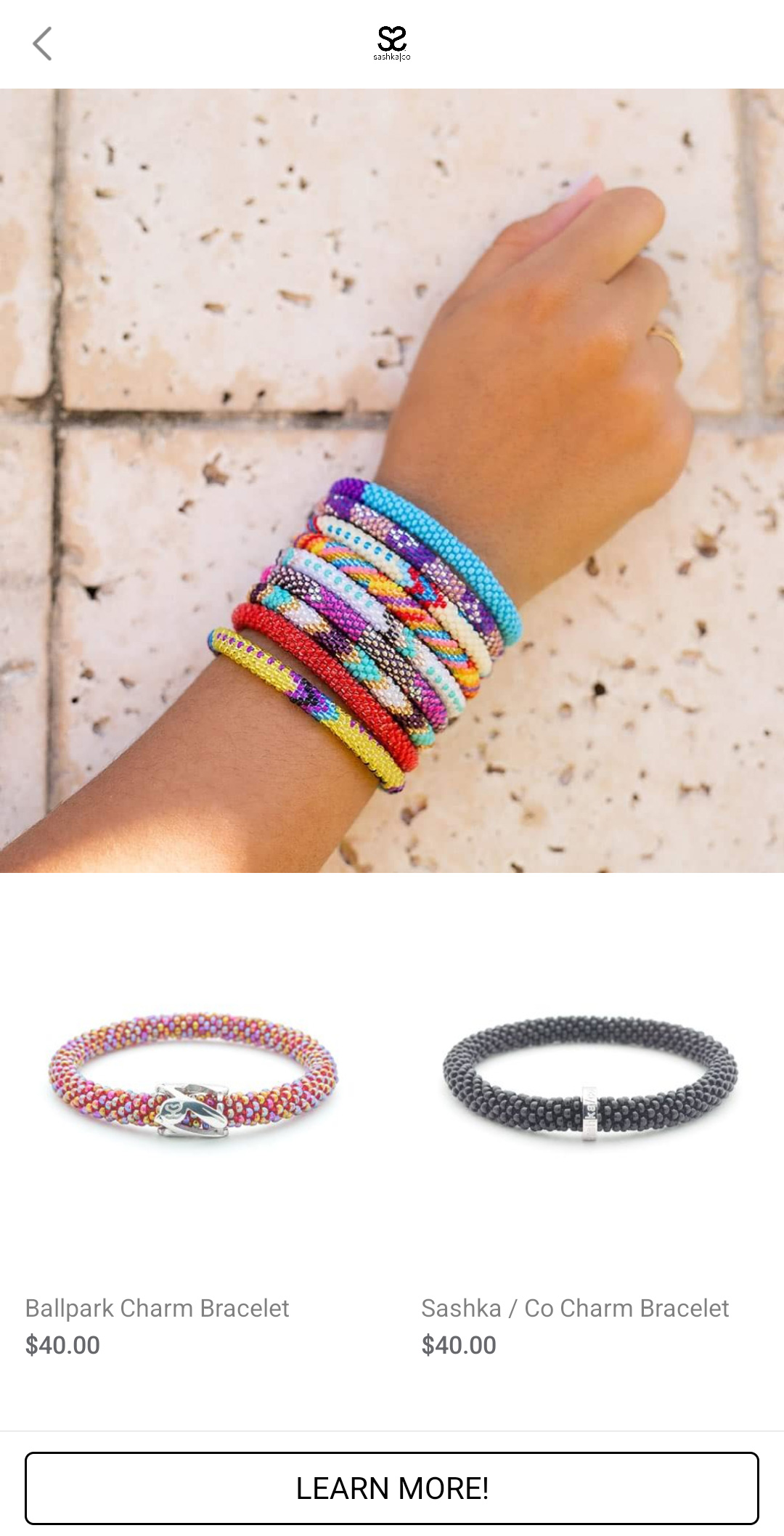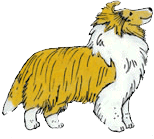Why Breed to the Standard?
By Ann Compton, Sheltie Nation Contributing Writer
All Shelties are created equal … or are they? The answer is no, they’re not. Shelties vary in both physical characteristics and temperament. You may find a Sheltie that looks small, or one that appears to be nearly Collie-sized. One Sheltie can be shy and fearful, while another is bold and outgoing.
 What accounts for these vast differences? In a word, breeding. Your Sheltie’s characteristics, both physical and in terms of temperament, are determined by his lineage. The odds are if your Sheltie’s parents were large, your puppy will grow up big as well. Or if your puppy comes from a dam with a shy temperament, your puppy can inherit that behavior.
What accounts for these vast differences? In a word, breeding. Your Sheltie’s characteristics, both physical and in terms of temperament, are determined by his lineage. The odds are if your Sheltie’s parents were large, your puppy will grow up big as well. Or if your puppy comes from a dam with a shy temperament, your puppy can inherit that behavior.
Each American Kennel Club breed has a “standard” set by the breed’s parent club; in the case of Shelties, the American Shetland Sheepdog Association. The parent club maintains a description of the perfect Sheltie from nose to tail. Breed standards are such an important description of each breed that the AKC only allows each breed club to consider changes to it every five years.
The ASSA breed standard contains a picture in words of the ideal Sheltie. But it’s not just how a Sheltie should look; the standard also includes temperament. A beautiful Sheltie with a poor temperament is not a good representation of the breed, and Shelties in the conformation ring are judged on both appearance and attitude. The Sheltie who wins should be the best example of both.
The Sheltie standard doesn’t describe just a beautiful dog, though. It describes a dog whose conformation – or structure – facilitates the dog’s function. Shetland Sheepdogs were originally bred to help farmers move sheep on the Shetland Islands. In order to do their jobs, they had to be agile, fast, responsive and smart. Today’s Sheltie should also be able to fulfill the function for which the breed was originally created.
 Every Sheltie owner should read and be familiar with the Shetland Sheepdog breed standard, even if their dog will never set a paw in the show ring. The standard describes the dog’s ideal appearance from the head through the body to the coat and the dog’s size. It describes the ideal Sheltie gait. A poorly conformed dog will not move smoothly with the fluidity a Sheltie should have. This can eventually affect a dog’s health, whether it’s role is as a show dog, performance dog or family companion.
Every Sheltie owner should read and be familiar with the Shetland Sheepdog breed standard, even if their dog will never set a paw in the show ring. The standard describes the dog’s ideal appearance from the head through the body to the coat and the dog’s size. It describes the ideal Sheltie gait. A poorly conformed dog will not move smoothly with the fluidity a Sheltie should have. This can eventually affect a dog’s health, whether it’s role is as a show dog, performance dog or family companion.
Breeders are the guardians of the Sheltie standard. Responsible breeders strive to create dogs who are healthy, sound and have the temperament needed to be good herding dogs. This is a tall order, and not one a good breeder takes lightly. Breeding to the standard involves researching potential pairings for genetics, disease, temperament, coat and structure. Pedigrees, health records, prior litters and history are examined carefully. A dog with serious faults will not be used in breeding programs in order to eliminate undesirable traits. A good breeder may have multiple litters of puppies in the quest to create dogs who embody the standard in as many areas as possible.
The Shetland Sheepdog Standard is the ideal to which breeders aspire. A good breeder strives to meet the standard because it means her dogs are healthy, sound and functional as well as beautiful specimens of the breed – the preservation of the Sheltie heritage.
References:
The American Shetland Sheepdog Association Breed Standard
The AKC Gazette: Responsible Breeding


